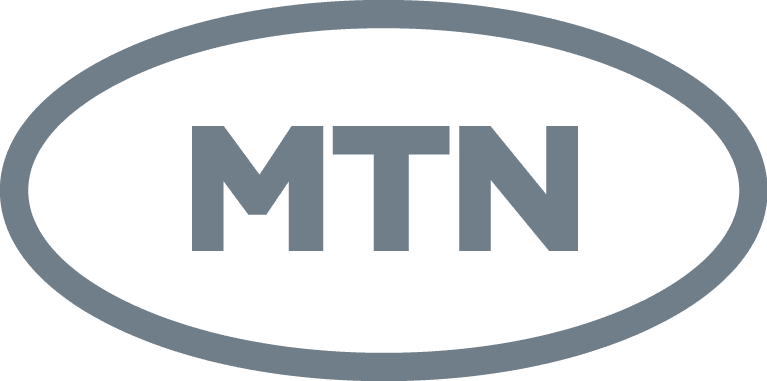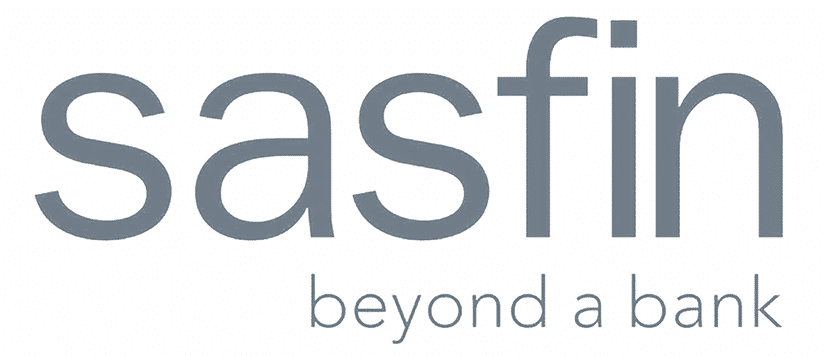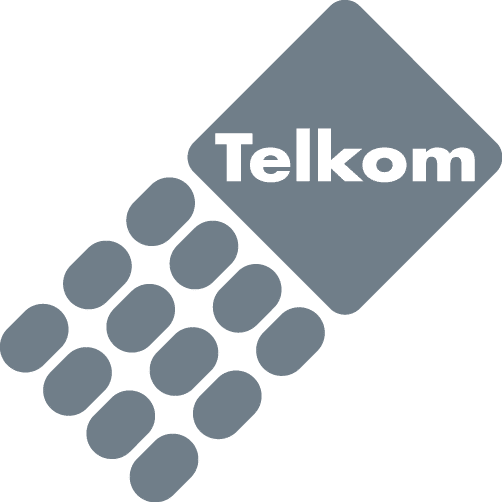In a world inundated with ads, pop-ups and polished promotions, it has never been more challenging to draw attention. Companies pay handsomely to be seen and heard, but what if you could make a significant impact without dropping big bucks? That’s where Engagement marketing comes in, and it’s an effective tool for Brand leadership when used correctly.
Engagement marketing involves creative, unexpected efforts that capture people’s attention and encourage them to engage in conversation about the thing being promoted. It’s marketing that we see in unforeseen places or unexpected ways, often in public spaces, and that stays in people’s minds. And here’s the thing: while it might feel gimmicky, it’s a brilliant and strategic thing to consider doing to improve your brand identity, improve engagement, and ensure that what you’re saying gets remembered.
When it comes to brand management, however, Engagement marketing is not simply about making a splash. However, it’s about strengthening your brand voice, values, and personality in a way that people feel emotionally connected to. Whether you’re a small business or a big brand, these creative campaigns can help bring a little humanity to your brand, get people talking, and reach customers on a more personal and relatable level.
What Makes Guerrilla Marketing a Brand Management Asset?
Guerrilla marketing is attention-grabbing because it is the antithesis of the everyday. It disrupts the industry’s typical advertising rhythms, and instead, it invites people to get involved in a real-life, oftentimes face-to-face way. This method is ideal for brand management, as it leads to more than just promotion. It brings your brand to life.
When executed successfully, Engagement marketing enhances Brand management through emotional connection. A strategically placed street mural, interactive installation or flash mob can reach people in ways that a digital ad never could. It is experiences like these that people remember and are willing to share – spreading by word of mouth and through social media, you’re reaching far beyond your direct audience.
Guerrilla marketing is most effective when it resonates with the brand’s voice and value proposition. If your brand is fun and defiant, your campaign should be too. If it’s thoughtful and purpose-driven, your approach should be the same. In doing so, Engagement marketing reiterates the brand message in a prominent and oftentimes impactful manner.
These campaigns also demonstrate that your brand dares to be on the cutting edge. That matters. Consumers today are drawn to brands that take risks, especially when those risks are rewarded with originality and genuine heart. This creative confidence fosters loyalty to a brand and encourages audiences to connect with it in a personal way.
Guerrilla marketing is an asset to brand management, where it’s more than just a clever idea; it’s a strategic approach. It’s not just about pulling a stunt for stunt’s sake. It’s about connecting your brand to people in a way that’s more human, more accessible, and, ultimately, more impossible to ignore.
Aligning Guerrilla Marketing with Your Brand Identity
If guerrilla marketing is to serve brand management truly, it must be underpinned by a clear, genuine personality for the brand. If you want your brand to represent sophistication and elegance, consider avoiding random and chaotic street pranks. If your brand is all about disruption or street smarts, then a bit of an unexpected showing might work a treat.
Start with your brand values. What do you stand for? What emotions are you aiming to express? The best Engagement marketing builds upon your established brand narrative, but it does not derail, distract or contradict. Everything, from the voice of the message to the visual style, must now remind everyone who you are.
Think about your audience, too. Where do they spend time? What grabs their attention? What cultural or social allusions will trigger a response? “Managing the brand is knowing who your audience is and reaching your audience where they are, not only physically, but emotionally,” he continued. There can be power in Engagement marketing, but you must catch people in the proper context.
Also consider scale. Guerrilla doesn’t have to resort to nuclear tactics. At times, a small, hyper-local campaign can have a more genuine impact. One community-focused activation can say more about your brand than a national ad campaign, especially if it feels thoughtful and in tune with your message.
Brand management is all about cohesiveness and connection. Guerilla marketing can bend rules, but it still must tell your story. When you plan from the essence of your brand, these campaigns are more than just stunts. They are experiences that enrich the meaning of your brand.
Planning Guerrilla Campaigns That Support Long-Term Brand Growth
Guerrilla marketing is gutsy and fun, but that doesn’t make it reckless. You need a careful strategy for it to benefit your long-term Brand leadership aspirations. Routine is the enemy of creativity, and strategy will make your campaign last longer.
Start with a clear objective. Are you looking for ways to raise awareness, draw in foot traffic, introduce a new item, or change perceptions? When it comes to brand management, seeing the big picture helps you understand what success looks like and allows your management of these campaigns to contribute to it.
Sketch out the logistics. What’s the location? What permissions are needed? What do I need to have or do? Many of the best guerrilla campaigns seem like they spring spontaneously, but behind the scenes, there’s a lot of careful orchestration. Brand control is also about pinpoint precision in creativity.
Don’t forget about timing. If you can create a tactful promotion around a cultural moment, holiday or trending conversation, the influx of foot traffic and sales can bolster your brand. But time also means thinking forward. What will you do to publicise your campaign once it happens? Will you capture it for social media, PR, or a future brand story?
The other significant piece is impact measurement. Not every guerrilla campaign will send people streaming into your store, but that doesn’t mean it isn’t a success. Consider brand mentions, social engagement, media coverage, and community feedback. All these metrics contribute to your brand management metrics, which allow you to measure the extent to which the campaign contributed to the brand’s growth.
Real-World Examples That Blend Guerrilla Tactics with Brand Management
During this period, Engagement marketing was used by hundreds of brands to reinforce their identity and grow their visibility in the marketplace, so the best ideas are founded on good brand management.
Take Coca-Cola’s “Happiness Machine.” Vending machines in this campaign dispensed gifts, snacks and flowers to unsuspecting people. It wasn’t a random good time — it was on brand, aligning with Coca-Cola’s brand promise of joy and connection. That’s effective Brand Management with experiential marketing.
A good example is IKEA’s totem furniture installations in peripheral locations, such as bus and train stations. This way, you get the chance to handle the product yourself while also reinforcing the company’s message around comfort and everyday usefulness. It’s a simple idea, but it resonates because it aligns with IKEA’s ethos.
Local guerrilla campaigns have also worked wonders for smaller brands. During rush hour, a local fitness studio could chalk motivational messages on the sidewalks near office buildings. A new coffee shop could open a pop-up booth offering free samples and handwritten notes. All of that down-and-dirty branding goes a long way for very little money, making a significant impact in local communities.
Nonprofits, and even nonprofits, engage in guerrilla marketing to manage their brands. PETA has coordinated in-your-face protests with powerful visuals that all fit their brash and confrontational brand. These aren’t just attention-grabbing. They are one piece of a broader strategy to raise awareness and spur action.
These cases demonstrate that when a creative strategy aligns with a brand’s purpose, guerrilla marketing is not just a fleeting trend. It becomes a powerful strategic resource for brand management and hit-and-run tactics.
Conclusion
Guerrilla marketing and brand building may appear to be disparate worlds, one scrappy and spontaneous, the other deliberate and strategic. But, in combination, they can feed each other in powerful ways. A brand, at its most basic level, is about consistency, identity, and connection. It’s being able to shape the way people see and experience your brand Management over time.
Engagement marketing is this audacious, creative means of expressing identity in a more human, memorable, and engaging manner. For Engagement marketing to work for your brand, you need to have a clear vision first of who you are and what you stand for. Let that guide the creativity. Whether it’s an event, a happening, or a giveaway, the experience should be part of your brand story.
GET IN TOUCH WITH THE DIGITAL SCHOOL OF MARKETING
Equip yourself with the essential skills to protect digital assets and maintain consumer trust by enrolling in the Brand Management Course at the Digital School of Marketing. Join us today to become a leader in the dynamic field of Brand Management.
Frequently Asked Questions
Engagement marketing is an unconventional marketing strategy that is low-cost and creative, aimed at surprising and delighting audiences in ways they don’t expect. It frequently features daring, unconventional tactics such as public art, pop-up experiences or interactive installations. Guerrilla marketing also appears in Brand leadership, where companies attempt to evoke emotional responses from consumers to create a positive, lasting impression. These types of memorable interactions make the brand more humanised and relatable.
Guerrilla marketing is a tool that helps brands manage themselves by bringing out a brand’s character in new and exciting ways. And because these are run in response to certain types of news, they present an opportunity for companies to connect with people on a more emotional level, and to reveal a little more about the personality of their brand, something that they can, quite often, rarely show outside of the normal channels that they distribute their advertising. Whether it’s a cute sidewalk message or a surprise event, guerrilla tactics pique curiosity and create word-of-mouth. When applied correctly, they help build greater brand exposure and amplify consistency, both of which are essential tenets to brand management.
Absolutely. Engagement marketing is particularly effective for small businesses because it doesn’t require a large budget to make a significant impact. The emphasis in brand management is connection and consistency, and small businesses can connect with their customers through creative, localised campaigns. Whether it’s a sidewalk chalk campaign, a pop-up booth, or a street performance, these strategies can draw people in while also communicating your brand’s tone and values. Startups and SMBs can leverage guerrilla marketing to put a face and a name to their brand and interact with the local community, ultimately building trust, familiarity and loyalty, all of which are vital to good brand management.
Infusing guerrilla marketing with your brand identity begins with understanding your values, voice and audience. Brand leadership requires a high level of consistency, especially in the case of high-impact campaigns like these. Your guerrilla concept should align with the personality of your brand, whether it is playful, bold, caring, or innovative. Select locations, lines, and visuals that resonate with your community and echo your brand’s story as well. Consider guerrilla marketing to be an integral part of your brand, not something entirely separate from it.
As fun as guerrilla marketing sounds, it is not without its risks. A campaign that runs counter to a brand’s image, feels intrusive, or is even offensive can subvert public opinion and undermine brand leadership efforts. The message needs to reflect your brand’s identity and values. Bungling the lifting or encountering legal problems, such as failing to obtain permits for public lifts, can also rear their unpleasant heads. Consistency and trust are key in brand management, and guerrilla tactics must be brazen yet respectful. If done with purpose and thought, however, these campaigns can help rather than detract from brand identity.
Despite what many think, guerrilla marketing for Brand leadership isn’t only about sales that take place on the spot. Instead, rely on engagement metrics, such as social shares, brand mentions, foot traffic and media coverage. Gather participants’ feedback or measure the changes in your website traffic and searches for your brand after launching the campaign. Solid brand management also considers if the campaign stood as validation of brand values and strengthened the brand-audience connection. The work, of course, is not instantaneous, and long-term success can be achieved through better perception, loyalty, and recognition.
Blog Categories
You might also like
- Your Complete Guide to PPC Marketing Basics. Find out more.
- Would you make a great marketing manager?
- Will digital marketing now replace traditional marketing?
- Will Digital Marketing Kill Traditional Marketing?
- Why Your Online Branding Is Key To Your Business
- Why Your Mobile Marketing Has To Go Global? Learn more.





















